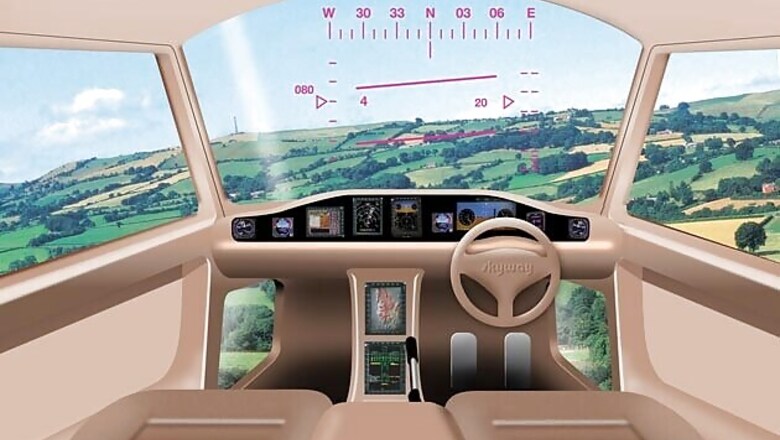
views
Berlin: Researchers have developed a new steering system that makes helicopters as easy to control as cars, an advance that could make personal flying vehicles an integral part of the urban transportation network in future.
Currently, only pilots who have undergone extensive training can fly a helicopter. In order to extend aerial flying to the general public, personal aerial vehicle (PAV) operation needs to be significantly simplified, with a greater degree of automation introduced.
European Union-funded researchers with the MYCOPTER project have now developed a steering system that makes helicopters as easy to control as cars.
The MYCOPTER project started in 2011 with the objective of developing a PAV ideally designed for travelling between the home and the workplace.
The project envisioned that the vehicle would fly at a low altitude in urban environments, be fully or partially autonomous without requiring ground-based air traffic control and would operate outside controlled airspace.
Current air traffic would therefore remain unchanged, ensuring that PAVs could be easily be integrated into the next generation of controlled airspace.
To achieve this, the project replaced the helicopter's cyclic stick, which is responsible for movements around the longitudinal and transverse axis, with a steering wheel.
Pilots simply need to turn the wheel in the intended direction.
The MYCOPTER team believes that this represents an important step in making PAVs more accessible to the general public.
Test models were implemented on unmanned aerial vehicles, motion simulators and a manned helicopter.
The success of the MYCOPTER project suggests that the eventual implementation of a Personal Aerial Transportation System (PATS) could be feasible, researchers said.
Such a system would have a beneficial impact on citizens' daily lives by helping to resolve issues related to traffic congestion and even environmental pollution, they said. The results of the project, due for completion at the end of 2014, were discussed at the German Aerospace Centre (DLR) in Braunschweig, Germany, last month. 12081527




















Comments
0 comment